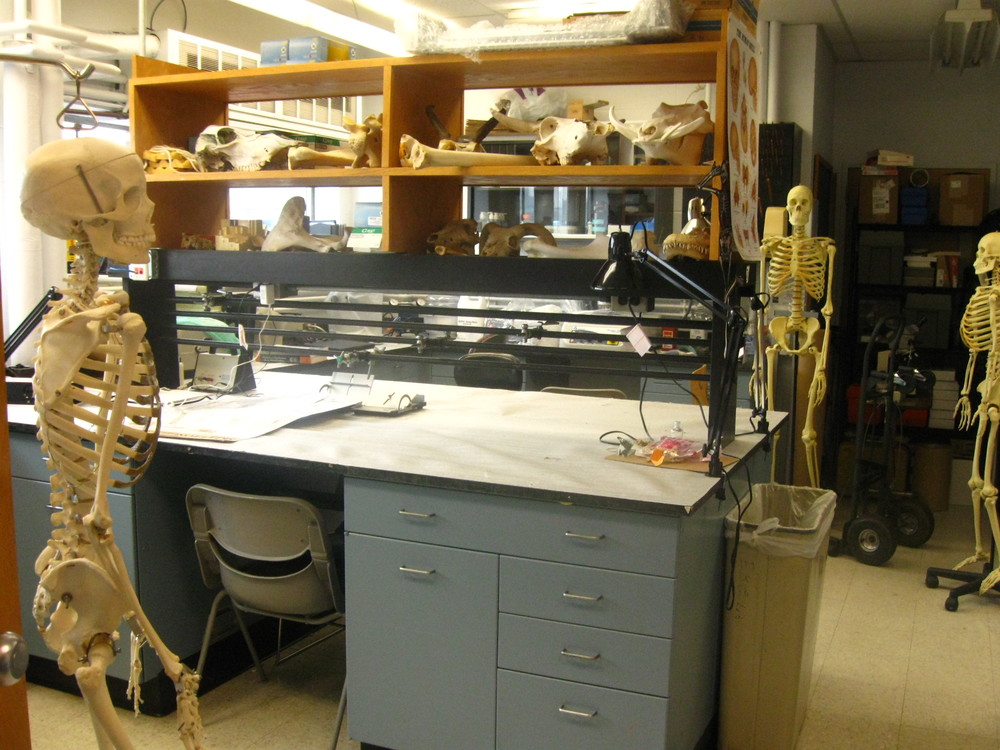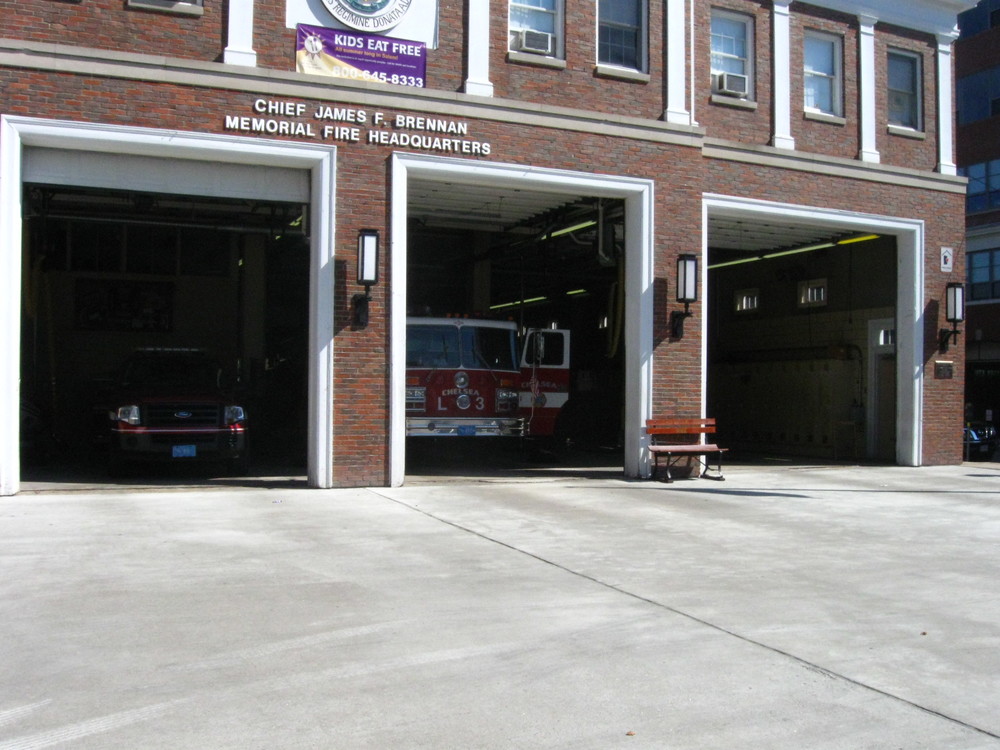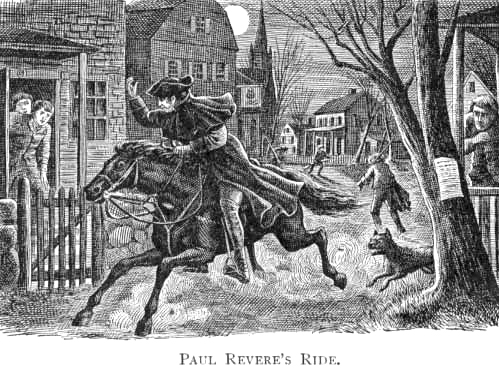Excavating the Old North Church – Looking Back
/Tomb 3 marker.
Tomb 9, under the front door of the church.
Christ Church—better known as Boston’s Old North Church—has played a role in the Abbott and Lowell Forensic Mysteries, literally since the very first scene. When we were doing character planning, we needed a project for Dr. Matt Lowell to work on in his role as an active researcher within the field of forensic anthropology at Boston University. We knew about the Old North’s historic crypts and thought this would be a great place to set Matt’s project.
In September 2009, when I travelled to Boston for my first research trip, I met with Reverend Stephen Ayers who not only took me on a personal tour of the crypts (which at the time were closed to the public), but shared with me all current research on the site. It was then that I learned about the charnel house in the corner of the basement that contained approximately one thousand sets of the church’s oldest remains.
The first of the burials in the basement crypts of Christ Church took place in 1723. However, by 1836, the existing 34 crypts were insufficient to handle incoming burials. A small wing was constructed attached to the back corner of the church, and three new tombs—numbers 35, 36, and 37—were planned. However, it was decided concurrently to clear out the older crypts, allowing them to be reused. In 1845, they took advantage of the construction of tomb 37 to create a charnel house below it. It is the same dimensions as tomb 37, but is sunk eight feet beneath the current tomb floor. They transferred all the oldest remains into this pit, and then sealed the charnel house, later filling tomb 37 above it.
Plans for the Old North tombs – 1820.
The church recognized the desire by Bostonians to be interred within the walls of the Old North, even though the crypts were closed in 1860 due to health concerns about burying the dead within the populated city limits of the north end. To meet this need, they constructed a modern columbarium in 1992 to accept the ashes of those wishing to be buried in the Old North crypts. However, so do so, they built around the three last tombs, enclosing tombs 35, 36, and 37, including the charnel house. In her paper, Of the Lonely Belfry and the Dead: An Historical and Archaeological Study of the Burial Crypts of Boston's Old North Church, Jane Lyden Rousseau outlines the history of the crypts and the sealing of the columbarium. Reverend Ayers discussed the possibility of obtaining the funds to excavate the charnel house, but this would have to be done around the existing columbarium and without disturbing the modern remains. Given the extra complexity of such an excavation now, whether this will be possible someday remains to be seen.
Prior to building the Old North columbarium in 1992. Tombs 35 and 36 are on the far left. Tomb 37 is on the far right.
The Old North columbarium. Tomb 35 is located behind the niches on the far right side of the columbarium; tomb 37 is behind the niches in the foreground, right side.
But we saw the charnel house as an opportunity to give Matt the perfect project in his field in the city he loves. So we changed the layout of the columbarium slightly, eliminating one wall of niches, allowing Matt and his team of grad students—Kiko, Paul and Juka—access to the remains. And when Trooper Leigh Abbott meets Matt for the first time, this is where she finds him.
Leigh stopped at the bottom of the stairs, the large area under the church sanctuary spreading before her. Through the doorway opposite, a long corridor stretched away into the gloom that shaded the far reaches of the space, dimly lit by the few exposed light bulbs that hung from the ceiling. There, long held safe in the quiet darkness and forgotten by all but a scarce few, were the oldest crypts in Boston.
Standing in the nearly silent basement, with only the creaks from the floorboards overhead betraying the presence of the funeral mourners, the centuries of history entombed in this building surrounded her, just like the dead sleeping inside the aged brick walls.
The vicar’s words rang in her head. You’ll find him if you go down the stairs and turn right into the columbarium.
The atmosphere changed the moment she stepped over the threshold. The basement and the crypts were cold and damp, but even surrounded by walls of modern burial niches, the columbarium seemed warm and inviting. A space where the living could feel closer to the dead who had gone before them.
Mournful music filtered through the floorboards into this quiet room of remembrance.
It felt . . . peaceful.
The peace was abruptly shattered by the clatter of something solid falling to the floor followed by a soft curse.
There he is.
On the far side of the room, a door opened into a small chamber. A doorway was cut into one of the whitewashed chamber walls, bright russet clay revealed at the entrance. Moving to stand in the gap, she looked into the tomb, staring in shock at the chaos within while breathing air musty with centuries of undisturbed stillness.
Rotting wooden boxes of different shapes and sizes were stacked haphazardly along the walls. Many of the boxes had collapsed, their lids loosened and their contents spilled out over other boxes and across the floor. Bones of every size and description lay in tangled piles, mixed with funeral ornaments and remnants of moldering cloth. A solitary skull grinned up at her from where it lay tipped against the cracked side of a crumpled box.
A movement to her left drew her attention and her gaze shifted to the man kneeling with his back partially turned to her. He bent over the pile of debris, freeing a single bone before transferring it carefully in his gloved hands to a clear plastic tub on the floor beside him.
We wrote the charnel house based on similar ossuaries found in Britain and described by Ms. Rousseau in Of the Lonely Belfry and the Dead. Someday, if Reverend Ayers and interested archeologists get their wish, they may find out exactly what treasures are contained within the charnel house.
But, on the short term, a real-life excavation has just begun in the basement of the Old North, in the main block of crypts under the church sanctuary. Next week, we’ll be back to talk about the exciting dig Boston’s City Archeology Program recently launched.
Photo credit: Jane Rousseau and Jen Danna





















 COMPLETE!
COMPLETE! Planning
Planning